全站搜索
Search the entire website
Search the entire website
Choosing the right impact crusher for your operation is a critical decision that affects your product quality, operational costs, and overall profitability. The two main types, the Horizontal Shaft Impactor (HSI) and the Vertical Shaft Impactor (VSI), may seem similar, but they operate on different principles and excel in very different roles. Getting this choice wrong can lead to excessive wear costs, poor product quality, and missed revenue opportunities.
This definitive guide will break down the core concepts of the HSI vs VSI crusher debate. We will explain how each one works, explore their internal components, analyze real-world applications, and provide a framework for calculating the true cost of ownership. By the end, you’ll be able to confidently choose the perfect machine for your rock-crushing needs.
A Horizontal Shaft Impactor, or hsi crusher, is a powerful machine that uses high-speed impact force to break down material. Think of it like a heavyweight boxer delivering a series of powerful blows. Inside the crusher, a heavy-duty rotor spins on a horizontal axis at high speed. This rotor is fitted with several “blow bars,” which are thick, heavy pieces of wear-resistant metal that act like powerful hammers. As material is fed into the crushing chamber, these rapidly spinning blow bars strike the rock with immense force.
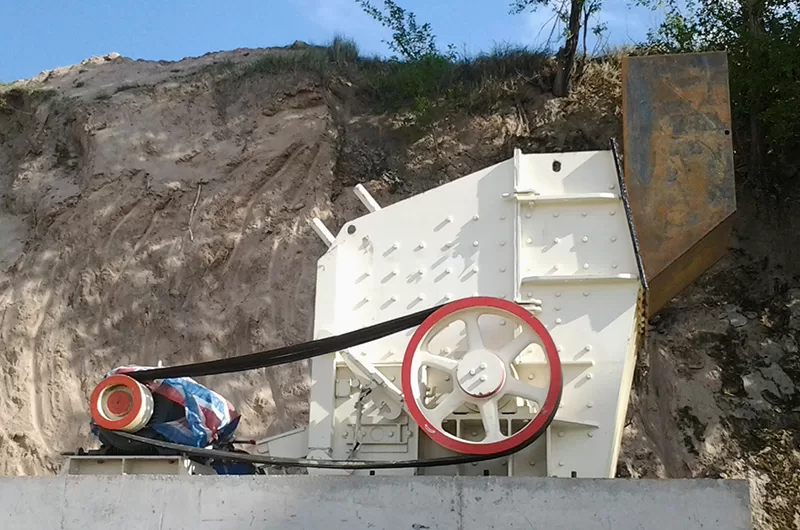
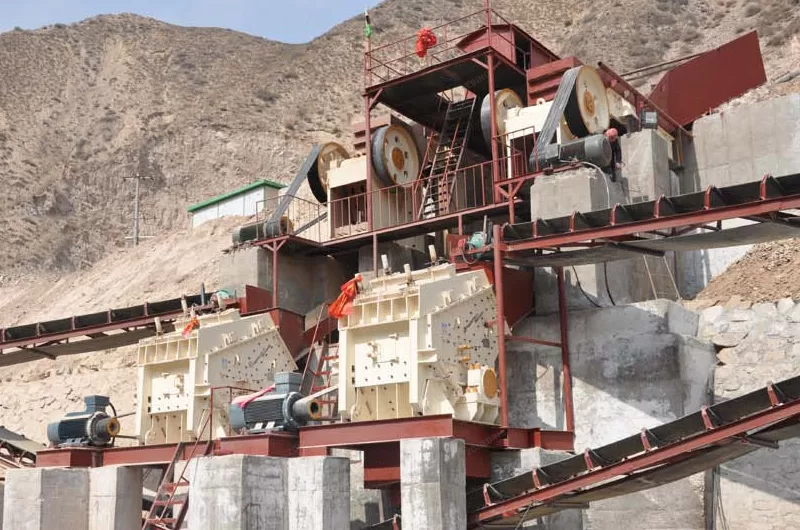
This initial impact shatters the rock and violently hurls the fragments against solid plates, called “breaker plates,” that line the upper part of the crushing chamber. This secondary impact causes further breakage. Modern horizontal impact crushers often feature a third crushing stage, a “grinding path,” at the bottom of the chamber. This path allows for even finer product grading and improved cubicity. The hsi crusher is a workhorse known for its exceptionally high reduction ratio, meaning it can take a large feed size and reduce it to a much smaller size in a single pass.
HSI crushers are exceptionally versatile but are not a one-size-fits-all solution. Understanding their pros and cons is essential.
A Vertical Shaft Impactor, or vsi crusher, is a high-tech shaping machine. While an HSI uses brute force, a VSI uses velocity. Imagine a slingshot spinning at incredible speed. Material is fed through the top into the center of a rapidly spinning rotor. Centrifugal force accelerates the rock and flings it outwards at very high speeds, typically between 45 and 75 meters per second. The rock then smashes against a stationary crushing chamber.
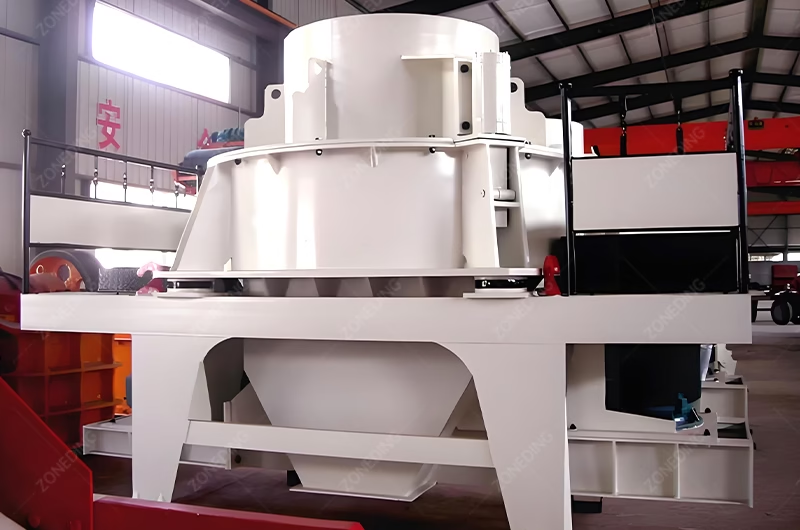
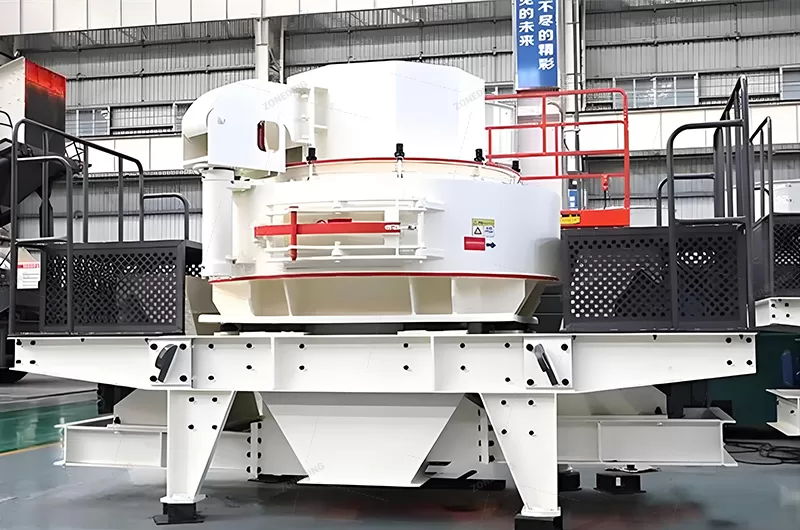
VSI crushers have two primary crushing modes that define their application:
The primary role of a vsi crusher is not high reduction. It is a tertiary or quaternary stage crusher designed to produce a final product with a superior, highly cubical shape.
VSI crushers are the masters of shaping and handling tough rock. They are essential for producing modern, high-specification aggregates.
Understanding the key wear parts helps you understand the operational reality of each machine.
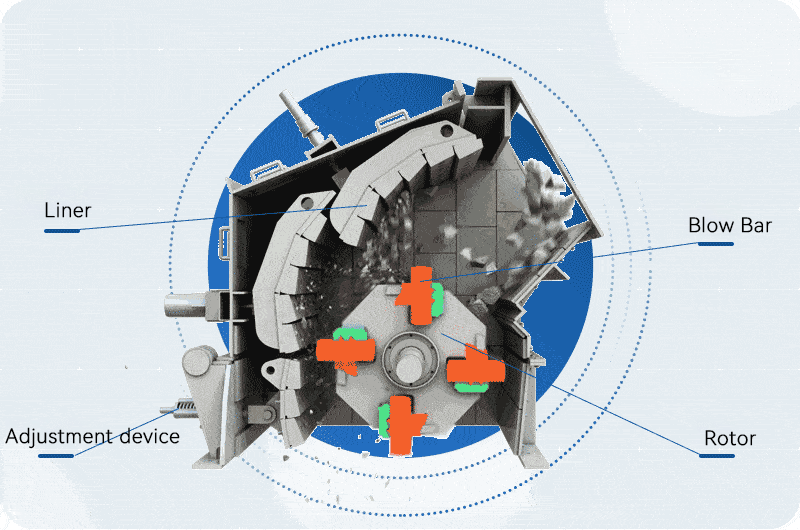
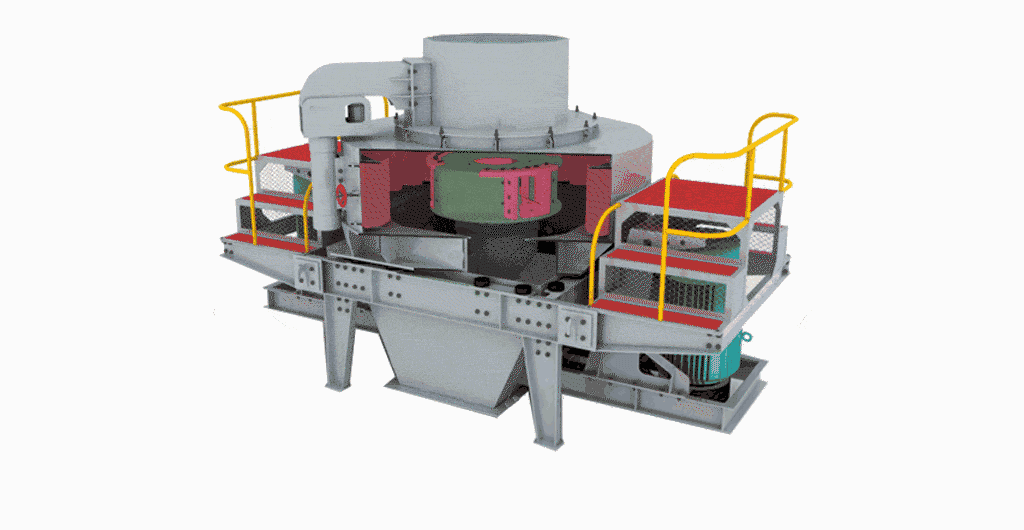
| Feature | HSI (Horizontal Shaft Impactor) | VSI (Vertical Shaft Impactor) |
|---|---|---|
| Crushing Action | Brute force impact with blow bars | High-velocity centrifugal force |
| Primary Role | High-reduction crushing | Superior product shaping |
| Crushing Stage | Primary or Secondary | Tertiary or Quaternary |
| Reduction Ratio | Very High (10:1 to 20:1) | Low (3:1 to 5:1) |
| Best Feed Material | Soft to medium rock (e.g., limestone) | Hard, abrasive rock (e.g., granite) |
| Product Shape | Good cubicity | Excellent, premium cubicity |
| Wear Costs | High on hard rock (blow bars wear fast) | Low on hard rock (in rock-on-rock mode) |
| Initial Cost | Generally Lower | Generally Higher |
The biggest takeaway is this: An HSI is used to make big rocks small. A VSI is used to make small rocks the perfect shape.
Let’s look at three real-world examples.
Your goal is to produce high volumes of base aggregate from a soft, non-abrasive limestone quarry. You need high throughput and a large reduction ratio.
The Winner: An HSI crusher. It will efficiently take large feed from a primary jaw crusher and reduce it to the target size in a single pass, with low wear costs due to the soft nature of limestone.
You have a hard granite source and need to produce high-quality manufactured sand for a major concrete infrastructure project. Product shape (cubicity) and gradation are critical.
The Winner: A VSI crusher. An HSI would be destroyed by the abrasive granite. The VSI, operating in rock-on-rock mode, will handle the hard rock with minimal wear and produce perfectly shaped sand that meets the tightest specifications.
You are processing demolished concrete and asphalt to create recycled aggregates. The feed contains rebar and an inconsistent mix of materials.
The Winner: An HSI crusher. Its large, open chamber and robust design can handle the rebar without catastrophic damage (often ejecting it), and its powerful impact action is ideal for breaking apart concrete and asphalt. A VSI would clog and fail in this application.
Smart operators look beyond the initial purchase price. The Total Cost of Ownership (TCO) is the true measure of a machine’s financial impact.
TCO = Initial Capital Cost (CapEx) + Lifetime Operational Costs (OpEx)
The cost difference between an hsi and vsi is not just the price tag. An HSI that seems cheaper upfront could end up costing you far more over its lifetime if used on the wrong rock.
Choosing between an hsi vs vsi crusher comes down to answering four simple questions. As engineers, this is the exact process we use to guide our clients to the most profitable solution.
Choosing the right supplier is just as important as choosing the right machine. A reliable partner provides more than just a piece of equipment; they provide a complete solution and long-term support.

At ZONEDING, with over 30 years of manufacturing experience, we believe a great supplier must offer:
The HSI vs VSI crusher debate is not about which machine is “better,” but which machine is right for the job. The HSI is a powerful reduction workhorse, perfect for primary and secondary crushing of less abrasive materials and recycling. The VSI is a high-tech finishing tool, essential for creating premium-shaped aggregates and manufactured sand from any rock type.
For most modern quarries aiming to produce high-specification products, a combination of crushers is often ideal. A common, highly efficient circuit might use a jaw crusher for primary crushing, followed by an HSI or cone crusher for secondary reduction, and finally a VSI to perfect the shape and create sand. Understanding the strengths and weaknesses of each machine allows you to build a plant that is efficient, profitable, and produces a product your customers want.
Contact ZONEDING today to discuss your project. Let our experts help you build the most efficient and profitable crushing plant.
In your mining or aggregate operation, managing water is not just an operational task—it is a core driver of your profitability. Excess water in your product inflates shipping costs, reduces material quality, and creates significant safety risks....
View detailsYour sand washing plant is the heart of your aggregate business. When it runs well, it's a profit-generating machine, turning low-value raw feed into premium, in-spec sand. But when it's inefficient, it becomes a leaky bucket, draining your reven...
View detailsVermiculite is a versatile mineral. It finds widespread application across many industries. This comprehensive guide outlines Vermiculite Processing. It covers its transformation from raw form to valuable finished products. Understanding Raw Verm...
View detailsAre you trying to decide between a crusher and a feeder breaker for your operation? You are not alone. This choice is fundamental to your site's productivity and profitability. The core difference is simple: crushers are designed to break hard, a...
View details